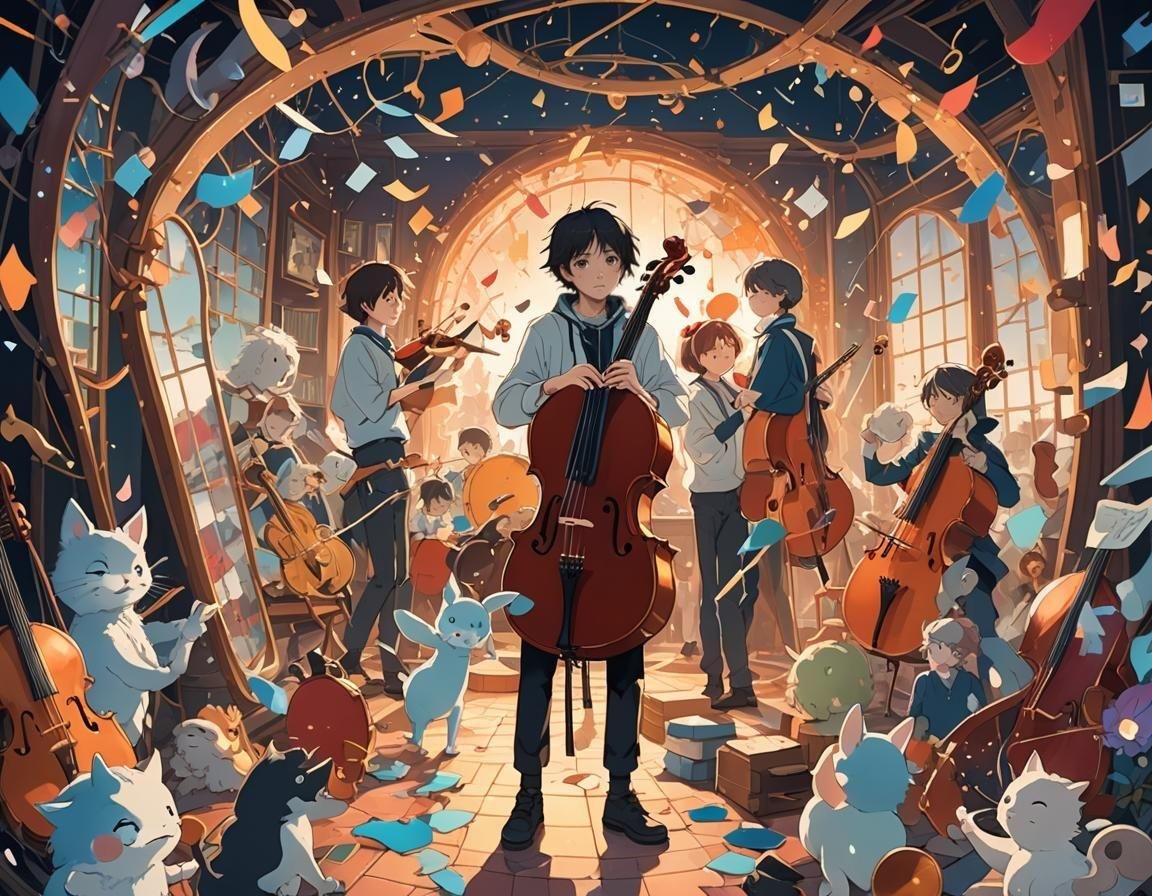Where Do We Go When We Die? Heaven, Hell, or Something Else?
Is the idea of heaven and hell enough to calm our fears of death? Some believe in the promise of something better after we pass, while others think there’s simply nothing—neither good nor bad.
But no matter how many theories exist about the afterlife, losing someone we love still leaves a deep impact. That sudden separation from the physical world, and the emotional attachment we have to it, remains strong.
Death is mysterious, and the answers aren’t always clear, even though it’s a universal experience.
Let’s unveil the experience, firts with a table of contents (yay!) then what happens after death

Intro: Is there life after life death

In a previous post, we explored the idea of death as a transition, where nothing is truly destroyed. According to the law of nature, everything transforms.
The planet, since its formation millions of years ago, still contains the same materials. If we could weigh Earth with a cosmic scale, it would likely weigh the same as it did then.
Despite the passage of time, nothing has been lost; it’s all part of a cycle. So why should humans be an exception to this universal rule? After all, we are also part of nature.
When we die, our bodies decompose and return to the earth. But what about our essence, our impressions? Based on this logic, they cannot simply vanish. They, too, must pass into something else.
Could It Be That We Never Really Move?
The theory that we move to “nothing” or to another place, is not that common, but it could help us right here. What if we consider the radical idea that we don’t actually go anywhere? Could it be possible?
Let’s Start With Physics: Two Things Can’t Occupy the Same Space
There’s a common notion in physics that two objects can’t occupy the same physical space at the same time. However, there are exceptions. Take sound as an example. The air can be filled with multiple musical notes. Each note corresponds to a different frequency, and they coexist without interference. In the same space, multiple vibrations can exist simultaneously.
This analogy, while a bit crude, helps us grasp the concept of different planes of existence.

Planes of Existence: Layers, Vibrations, and Frequencies, but without smoking.
Another way to understand this concept is through traditional 2D cel animation, where each element occupies a transparent layer – a character on one layer, the background on another. Though they exist on different planes, they interact.

Or consider electricity or Wi-Fi. These waves and signals don’t physically take up space, yet they affect the physical world in ways we can perceive, like turning on a light or receiving a notification.
What About Time? (!!)
Is time real? Is it just an illusion? How much time can fit inside a Funko Pop box? Let’s avoid getting too deep into that discussion, as Funko PoP can be a complex and elusive concept.
Instead, let’s stay focused on the idea of planes: layers of existence that overlap but are imperceptible to most.
The same thing, but not really
When we talk about moving from one plane to another, we don’t mean physically “ascending” or “descending” like climbing stairs. It’s not even like the common metaphor of surfacing from the depths of an ocean. A better analogy would be to think of this transition in terms of a change in vibration or frequency, similar to how a violin string vibrates to produce a higher or lower pitch.
The same can be said of a piece of iron that glows red when heated. As the temperature rises, it moves through shades of red, to orange, and eventually white as its energy level increases.
In this way, the shift from one plane to another could be seen as a change in the frequency of the energy that animates all things – possibly triggered by death.
Final Thoughts
Understanding that there are unseen forces, like wind or Wi-Fi, that we don’t always perceive directly could open our minds to possibilities beyond our current understanding. These concepts might not have been taught in Sunday school or during catechism lessons, but that doesn’t mean they don’t warrant exploration.
You don’t need to grasp these ideas perfectly. Just reading through this post has already planted the seeds of curiosity. In our next post, we’ll dive deeper into the concept of the astral plane, touching on ancient ideas of heaven, hell, Valhalla, and other mythical places told throughout history.
If you’d like to dive deeper into this topic, this post is inspired by the book “Ramacharaka: Life Beyond Death.”
OH, besides wasting time writing nonsense, I waste time making abstract art about nonsense.
Here’s the link.
An here’s something free for getting to the end. MAIN PAGE FREE GIFTS





